I have lived in Panama City for nearly two years and there are two things that still capture my attention: the traffic that gets worse by the day due to the more than 36,000 new vehicles on the road every year and the pace of construction. The number of new buildings popping up in the city daily is amazing.
Huge, luxurious, expensive buildings in fashionable areas, but also housing projects promoted by the national government and a large supply of houses for the Panamanian middle class responsible for the private sector.
This scenario is completed by the considerable public investment in emblematic projects such as the expansion of the Panama Canal and subway system, the renovation of the water and sanitation system in the old par of the city and the widening of roads in several critical areas.
In this context, strategies to prevent and mitigate risks associated with natural hazards should be prioritized in investment projects. These should include everything from feasibility studies to the design and construction of buildings to their subsequent maintenance.
Clearly, large-scale projects do include these elements, despite the widespread perception that earthquakes in Panama occur only in Chiriqui Province, whose capital city is David, and in coastal areas. It is there, five hours from the capital, where the population may suffer the impact of some remote earthquake or tsunami.
Since Panama has never experienced a disaster as severe as those of its Central American neighbors, which have suffered innumerable losses from repeated earthquakes, hurricanes, volcanic eruptions, tropical storms, droughts and other natural hazards, Panamanians tend to have a sense of security. However, the country is located in an area of high seismic activity, where three tectonic plates meet (Caribe, Cocos and Nazca), which could produce devastating earthquakes.
In terms of risk management, Panama established the National Civil Protection System (SINAPROC), which focuses on emergency management and preparedness. Two entities actively involved in development issues - the Ministry of Housing and Land-use Planning (MIVIOT) and the Ministry of Finance - have led the country’s risk prevention and mitigation efforts. They are accompanied by other entities that have implemented actions with similar aims, such as the ministries of Health and Education.
An interesting exercise for estimating earthquake risk was conducted using the CAPRA Probabilistic Risk Assessment software platform in the city of David. This study was made possible through a strategic partnership of the entities mentioned, with the participation of scientific teams from the universities of Panama and Chiriqui and with technical assistance from the World Bank.
Last October, the local technical team delivered the study findings to municipal and provincial authorities. The results offer a series of seismic scenarios that identify probable maximum losses to housing, health and education facilities.
With this information, authorities are better able to identify priorities, define lines of action and estimate the investments needed to launch risk reduction campaigns.
The campaigns include the structural reinforcement of the most vulnerable buildings as well as the calculation of the magnitude of potential emergencies and the response capacity based on a more realistic quantification. Most importantly, however, they serve as a call to action to prevent the increased risk identified by demanding the application of building codes, quality control of materials and improvement of building practices.
These types of exercises are very useful given that they permit the integration of multi-disciplinary, inter-institutional technical teams and train them in innovative, sophisticated techniques for calculating risks. These activities are also of interest to authorities at all levels of government as well as the general public.
The satisfaction derived from this effort is even greater when we see national news stories, such as that appearing in the press on January 15th of this year, in which the municipal engineer of David, Inés Samudio, discussed the concrete actions the city will take, including identifying a mechanism to ensure compliance with the building codes that exist but that are not applied, training of municipal engineers in the use of this code when approving blueprints, reducing informal construction and launching a campaign to reinforce key buildings to make them earthquake proof, which is expected to be carried out in a progressive manner given the high costs involved.
This effort is a positive lesson in every sense and it should make all participating groups proud. However, in addition to this type of exercise, we should also consider other alternatives to encourage authorities and communities to take action earlier, when planning the bridge, hospital, school or even when we decide to invest in building our homes.
Walking through David, I had the same sensation I have had previously in Quito, Bogota, Lima and many other Latin American cities. The structural vulnerability in the event of earthquakes, landslides and floods sometimes – often – is very apparent!
A “vulnerability tour” organized with support from construction professionals, will astonish authorities and hopefully encourage them to undertake concrete risk-reduction activities immediately.
A good model of these tours are those implemented by NSET, the National Society for Earthquake Technology, which offers guided tours for engineering and planning professionals in Kathmandu, Nepal, where mayors and other local authorities provide an in situ analysis of the implications of poor structural design in the event of earthquakes, or the unsuitability of buildings in areas vulnerable to landslides or flooding.
